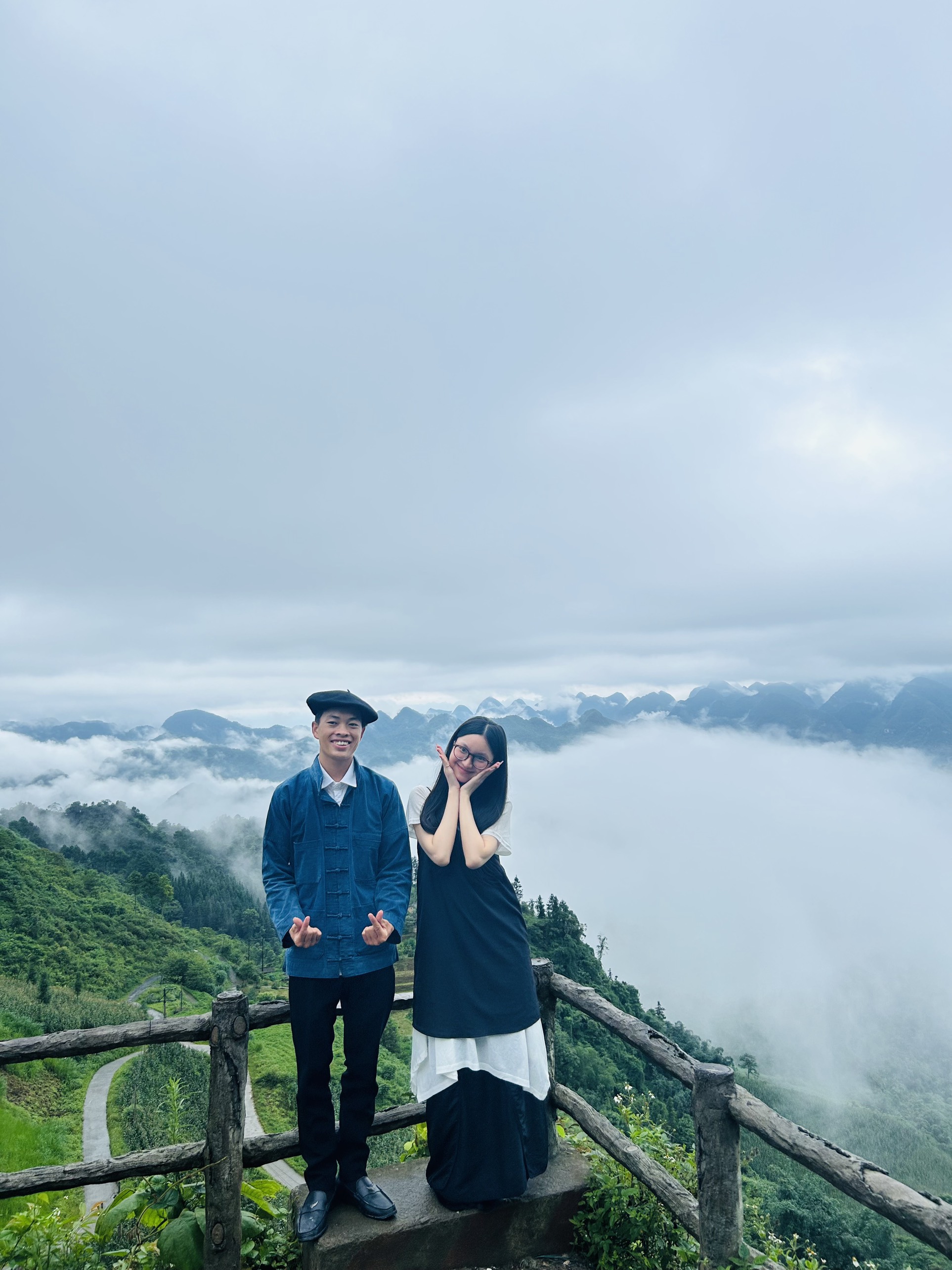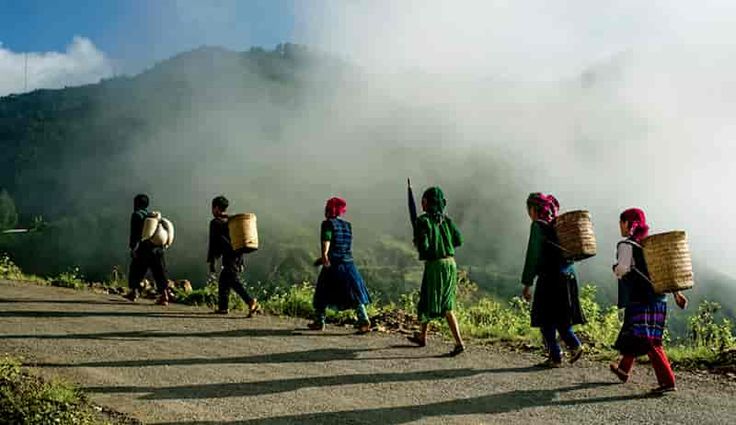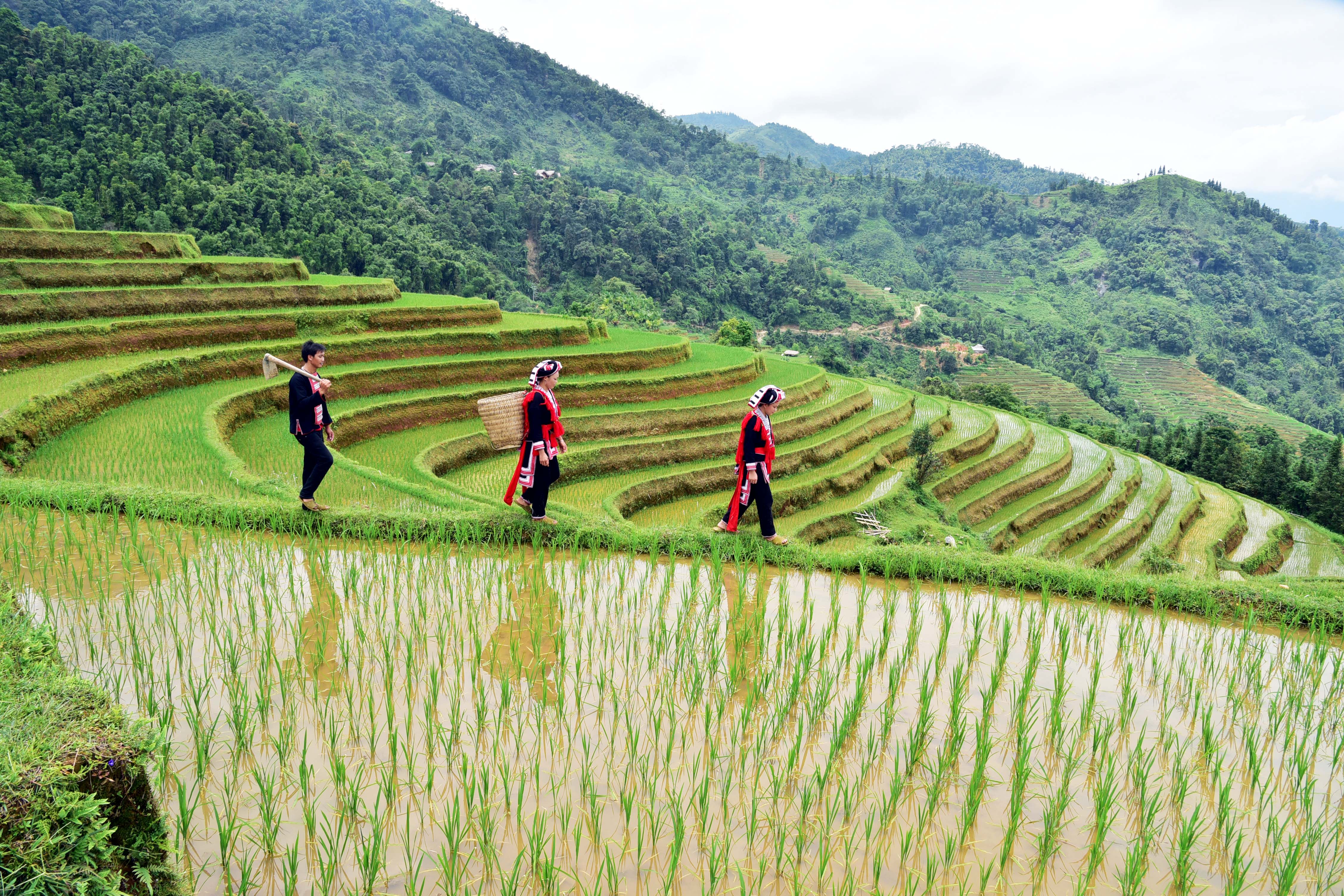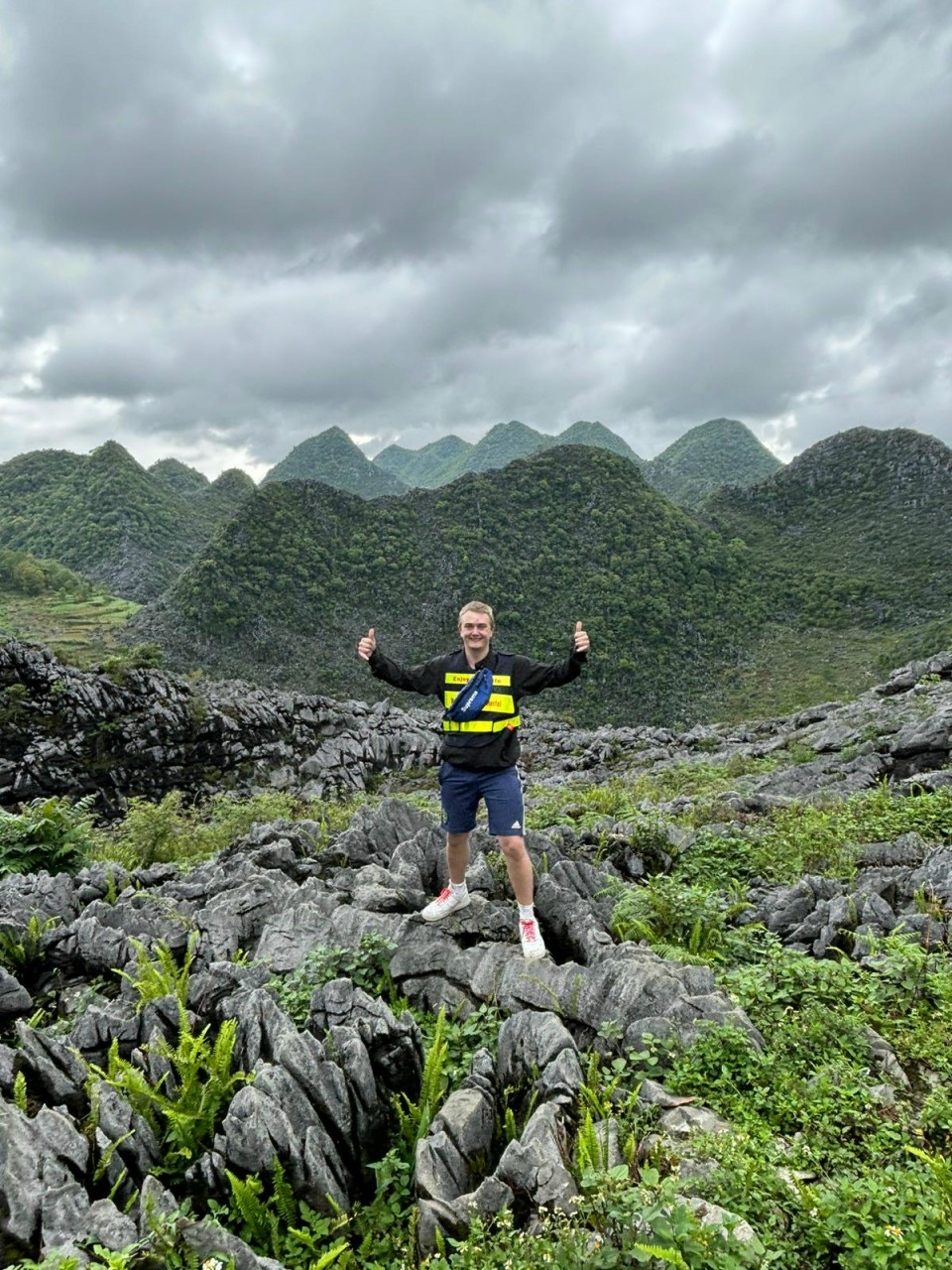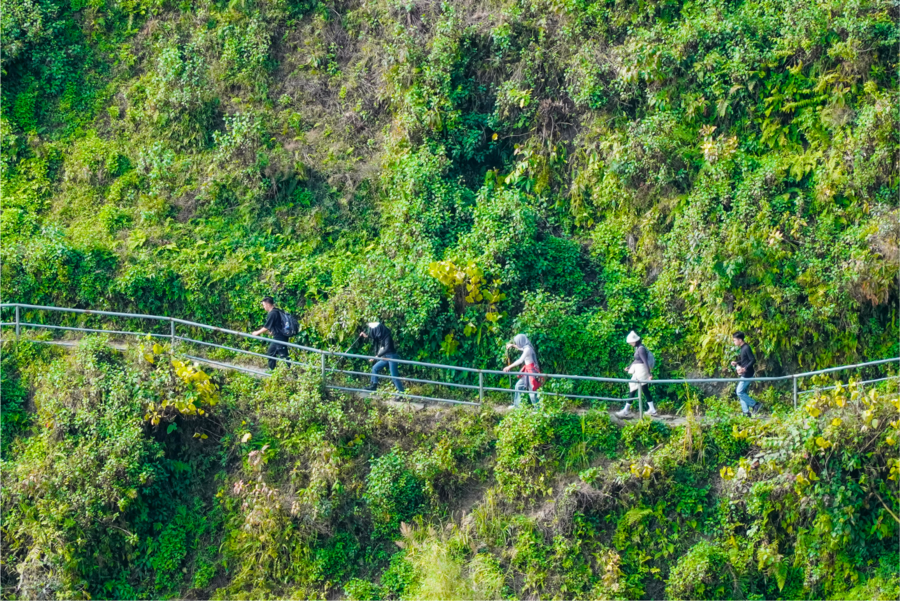Vietnam, with its diverse landscapes, rich culture, and vibrant cities, is a dream destination for travelers around the world. From the misty mountains in the north to the pristine beaches in the south, the country offers a variety of experiences that cater to all types of adventurers. But when is the best time to visit Vietnam? Let’s explore the ideal times to travel to Vietnam, so you can plan your upcoming trip with confidence!
Recommended Tours for You:
The Climate of Vietnam: A Tale of Three Regions
Vietnam’s climate is incredibly diverse, with three distinct regions offering different weather patterns:
North Vietnam (Hanoi, Sapa, Ha Long Bay): The northern region experiences four seasons: spring, summer, autumn, and winter. Winters can be quite cold (especially in the mountainous areas like Sapa), while summers are hot and humid. The weather is perfect for outdoor activities in the spring and autumn.
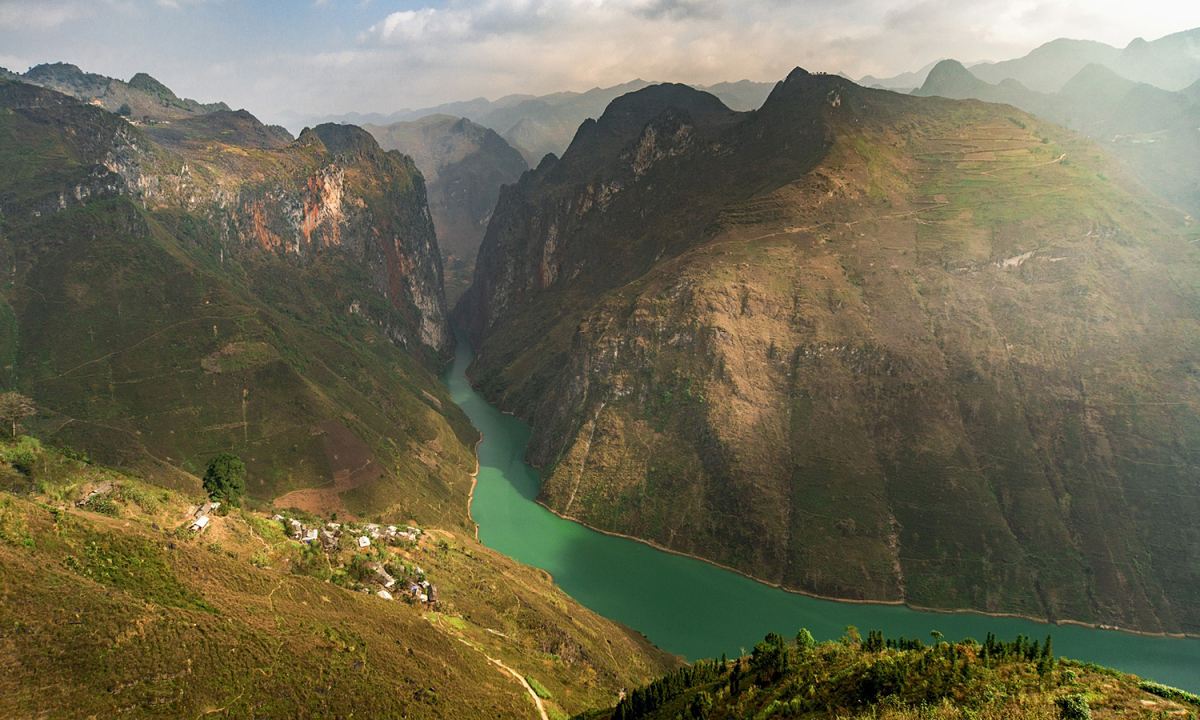
Central Vietnam (Hue, Da Nang, Hoi An, Nha Trang): This region has a tropical climate with a distinct wet season, typically from September to December. Summers are hot and dry, which is great for beach lovers. However, be cautious of typhoons during the wet season.
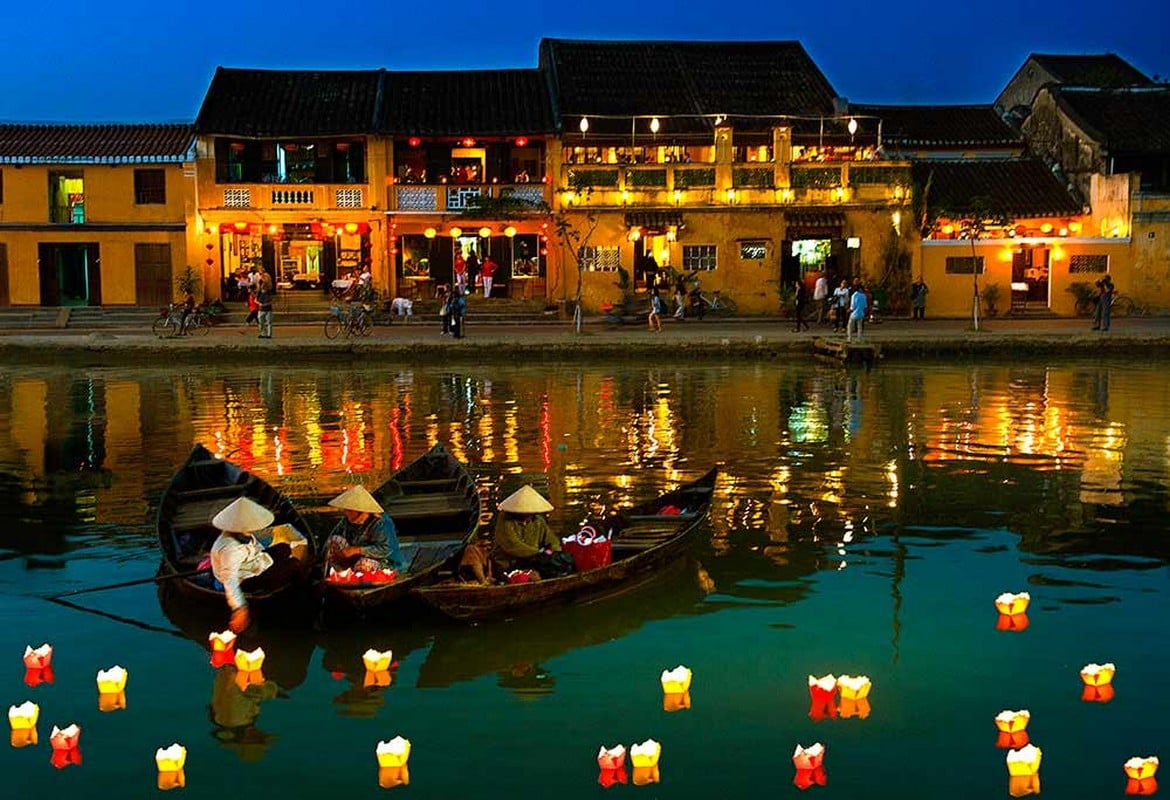
South Vietnam (Ho Chi Minh City, Mekong Delta, Phu Quoc): The southern region enjoys a tropical climate with two main seasons: the rainy season (from May to October) and the dry season (from November to April). The dry season is ideal for beach vacations and outdoor activities.
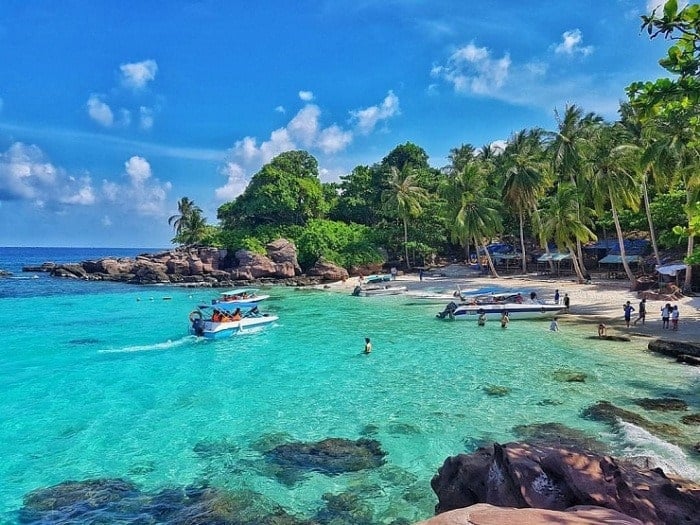
Best Time to Visit North Vietnam
March to May & September to November are arguably the best months to visit North Vietnam. During this time, the weather is mild and pleasant, making it ideal for outdoor exploration, trekking, and sightseeing. You can visit iconic places like Hanoi’s Old Quarter, the serene Ha Long Bay, or the mountainous beauty of Sapa.
Spring (March to May): The weather is warm but not too hot, with plenty of sunshine. It’s the perfect time to enjoy nature walks, explore the lush countryside, or take a boat tour in Ha Long Bay.
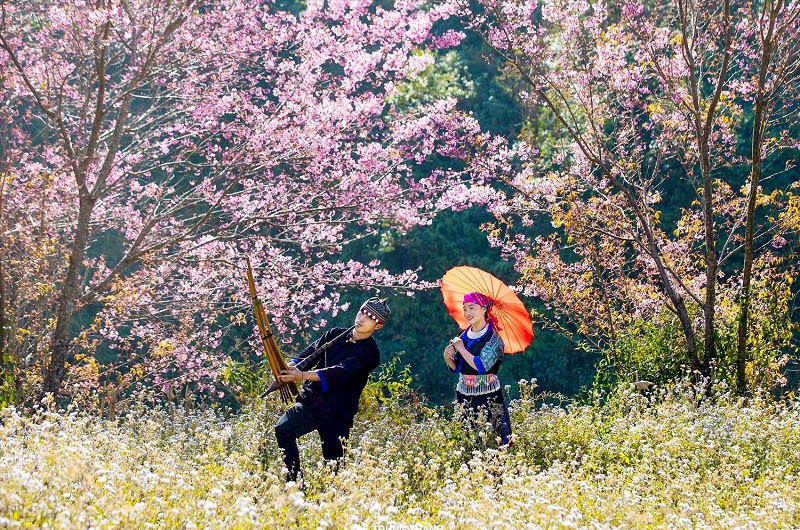
Autumn (September to November): This season offers cool temperatures and less rainfall, providing clear skies and great visibility, especially in Ha Long Bay. Sapa, with its terraced rice fields, is also stunning during harvest season in September and October.
Winter (December to February) can be quite cold, particularly in the highlands, so unless you're fond of chilly weather, you might want to avoid this time.
Best Time to Visit Central Vietnam
The best time to visit central Vietnam, including Hoi An, Da Nang, and Nha Trang, is February to May. This period offers warm, dry weather, perfect for hitting the beaches or touring ancient cities like Hue.
Spring (February to May): Temperatures are comfortable, and the risk of rain is minimal, making it the best time for outdoor activities such as visiting the famous My Son ruins or exploring the charming town of Hoi An.
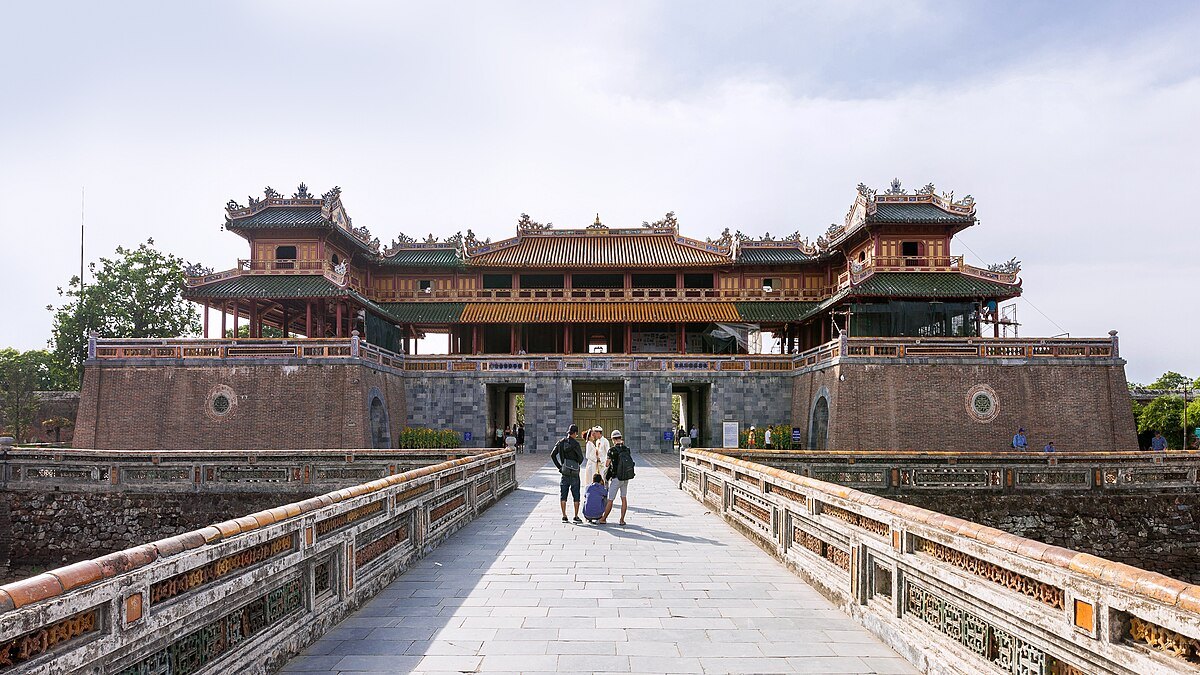
Avoid the Wet Season (September to December): This region experiences heavy rainfall and the possibility of typhoons, which can disrupt travel plans and make outdoor exploration challenging. Therefore, it’s best to avoid visiting during the monsoon season.
Best Time to Visit South Vietnam
For those heading to Ho Chi Minh City, Mekong Delta, and Phu Quoc Island, the dry season from November to April is the best time to travel. This period offers sunny weather and low humidity, making it perfect for exploring the bustling streets of Saigon, cruising through the Mekong Delta, or enjoying the beaches of Phu Quoc.
Dry Season (November to April): This is the peak tourist season, so expect more crowds, especially during the Lunar New Year (Tết), which falls in January or February. However, it’s also the best time for outdoor adventures, with perfect weather for sightseeing, beach activities, and cruising on the Mekong River.
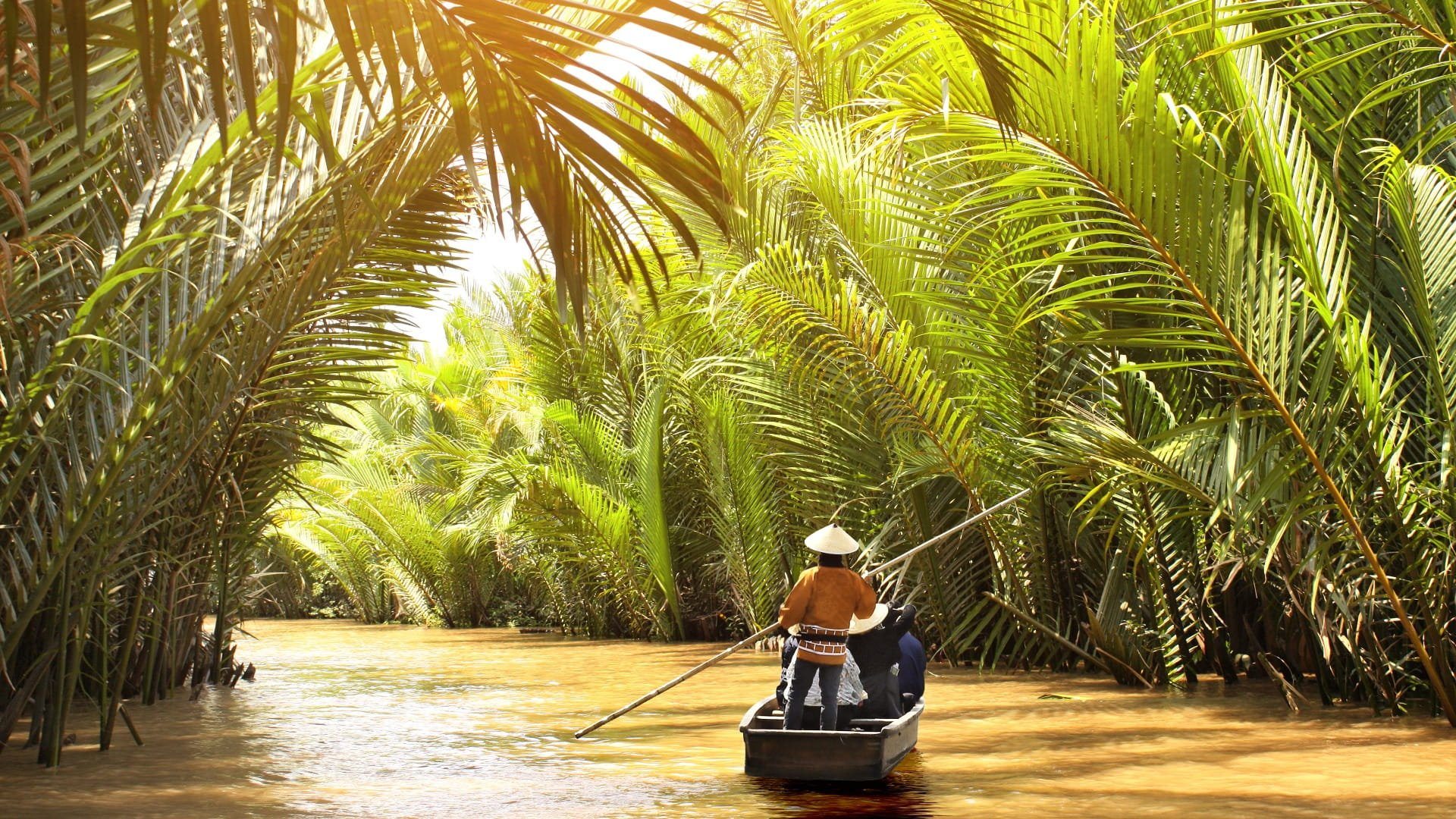
Rainy Season (May to October): While the rain doesn’t usually last all day, it can come down in short, heavy bursts. However, the landscape becomes greener, and you’ll experience fewer tourists, which can be an advantage for those seeking a more tranquil experience.
Festivals and Events: When to Time Your Visit
Vietnam is a country rich in festivals and cultural events. Timing your trip to coincide with a major festival can be an unforgettable experience.
Tet Festival (Lunar New Year, January or February): The most important festival in Vietnam, Tet marks the start of the lunar new year. It’s a time for family reunions, traditional foods, and colorful festivities. However, many businesses close during this time, and transportation can be challenging, so plan accordingly.
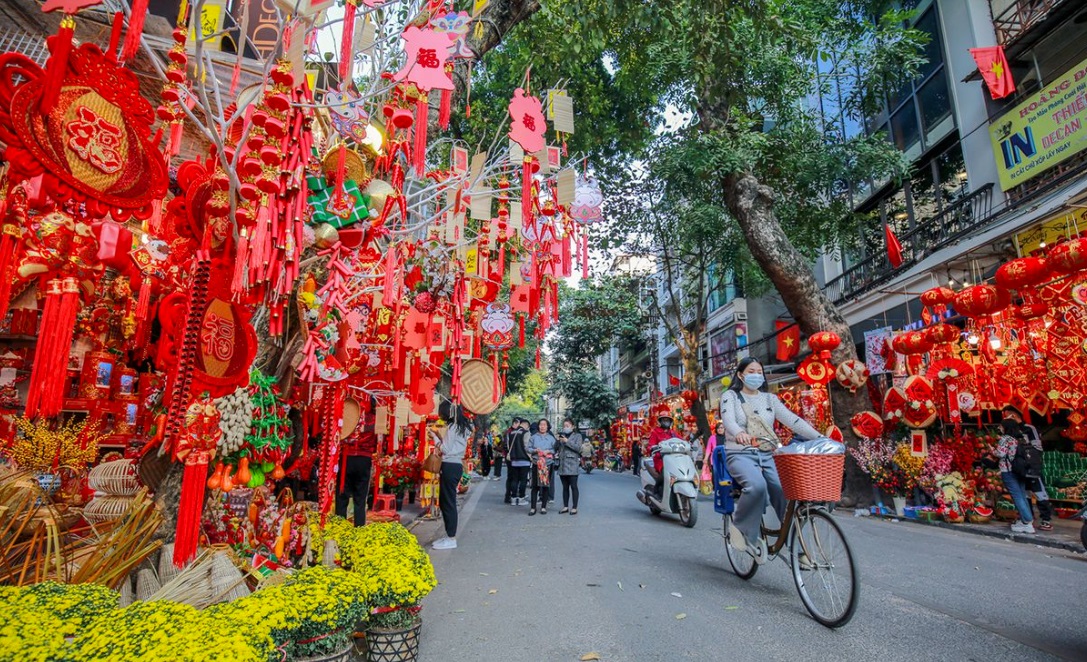
Mid-Autumn Festival (September): Celebrated with mooncakes, lanterns, and traditional dances, this festival is particularly fun in cities like Hanoi and Hoi An. It’s a family-friendly festival and a great way to experience Vietnamese culture.
When to Avoid Vietnam: Low Season Tips
If you’re looking to avoid the crowds and high prices, you may want to consider visiting during the low season (typically from June to September), especially in the north and central regions when the weather can be unpredictable. During this period, you may find better deals on accommodations and flights, but be prepared for potential rainstorms or typhoons.
Conclusion: Plan Your Perfect Vietnam Trip
Vietnam’s diverse climate means there’s no single “best time” to visit; it all depends on what you want to do and where you want to go. The ideal time to visit the north is in spring or autumn, the central region shines in the dry months of February to May, and the southern part is best explored during the dry season, from November to April. By understanding the regional climates and seasonal events, you can plan your trip to Vietnam to ensure you get the best weather, activities, and experiences!
No matter when you go, Vietnam’s breathtaking landscapes, rich history, and vibrant culture will make your trip unforgettable. If you want to book a tour in Vietnam, you can contact: +84329196074.


